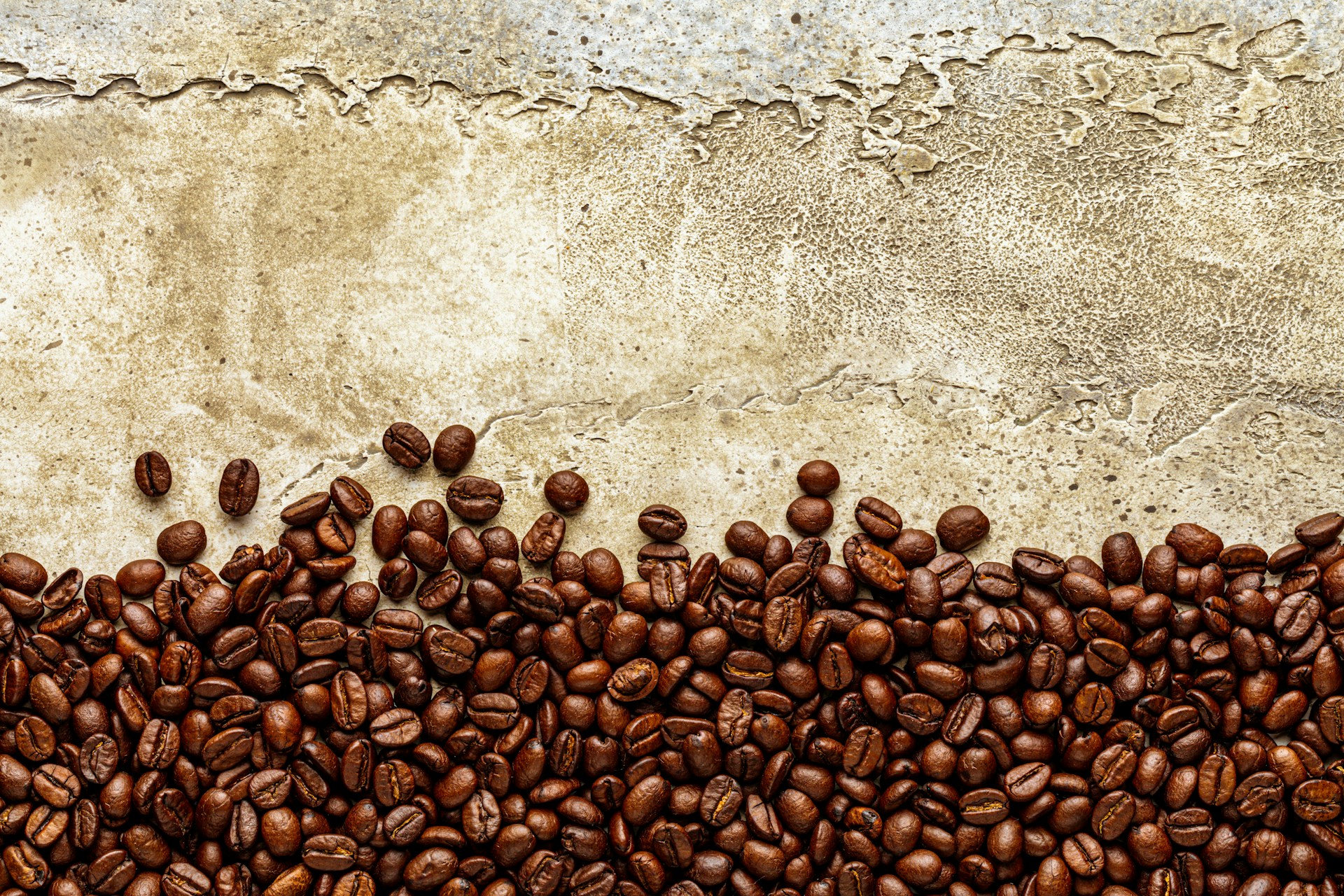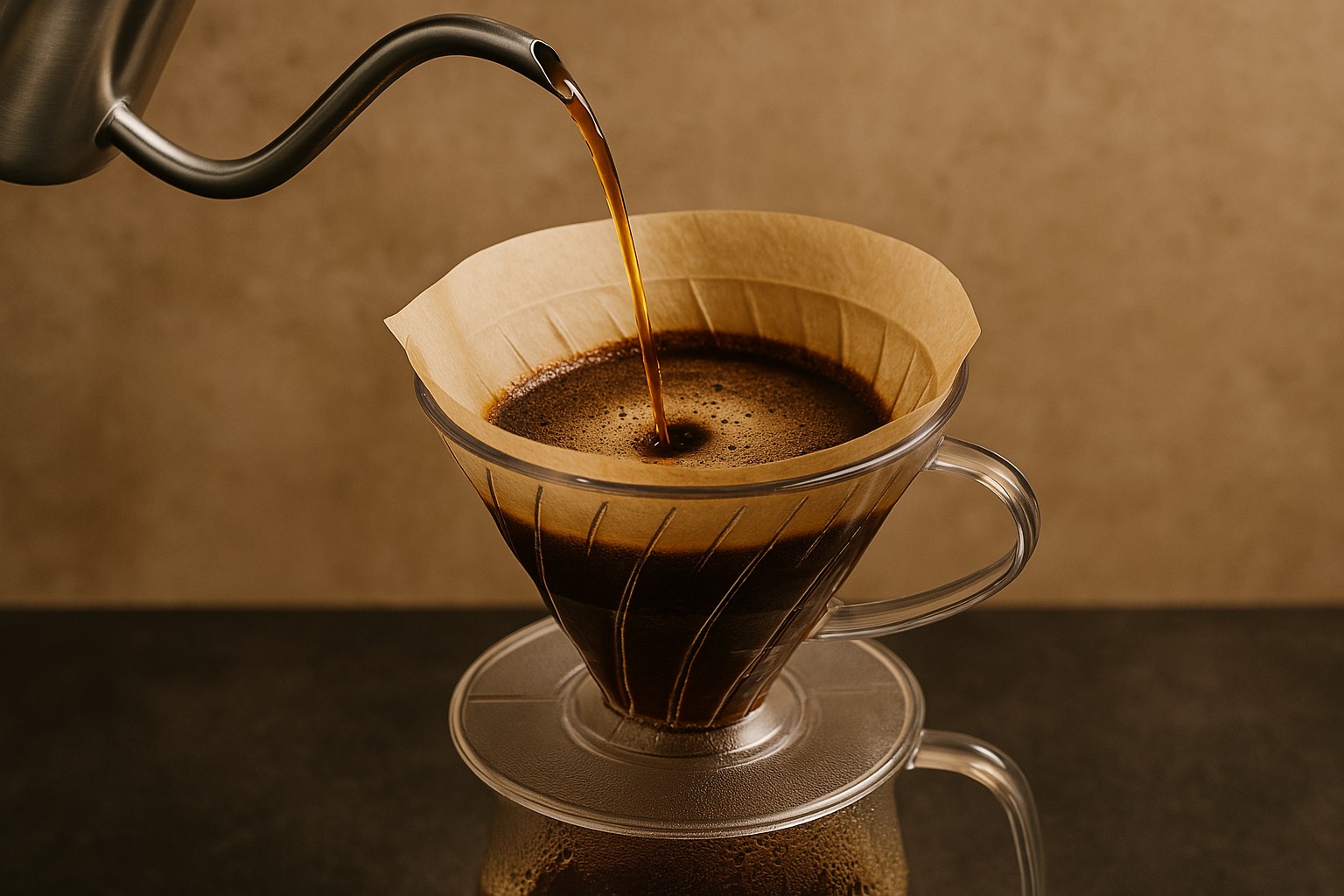Difference between Arabica and Robusta
Arabica and robusta are two of the most popular coffee beans in the world and differ in many aspects. Arabica coffee has a lower caffeine content, containing 1.5% compared to robusta's 2.7%, making it a better option for people who are sensitive to caffeine. Additionally, the lower caffeine content in arabica also results in a less bitter flavor. Arabica contains more sugar, almost double the amount of robusta, which contributes to its more desirable flavor that is described as rich and fruity with hints of chocolate, nuts, and berries. On the other hand, robusta has a more earthy and bitter taste with a rubbery aftertaste.
Arabica coffee is more fragile and sensitive to the environment compared to robusta. It grows best in a consistent climate with temperatures between 15 to 24°C (59 to 75°F) and a humid environment. Arabica coffee plants also require higher elevations and take longer to mature, which contributes to their full-bodied flavor. However, these factors also make arabica more susceptible to damage from pests and less productive compared to robusta. In terms of appearance, arabica beans are slightly larger and oval-shaped with a lighter color, while robusta beans are rounder and darker in color.
In terms of popularity, arabica accounts for 60-75% of the world's coffee production, while robusta only makes up the rest. This can be attributed to arabica's superior flavor and higher demand, making it more expensive than robusta. Arabica also has a distinct aroma, reminiscent of blueberries before roasting, while robusta has a nutty aroma. Finally, arabica coffee cherries are deep red in color, while robusta cherries are not as deep in color.


















